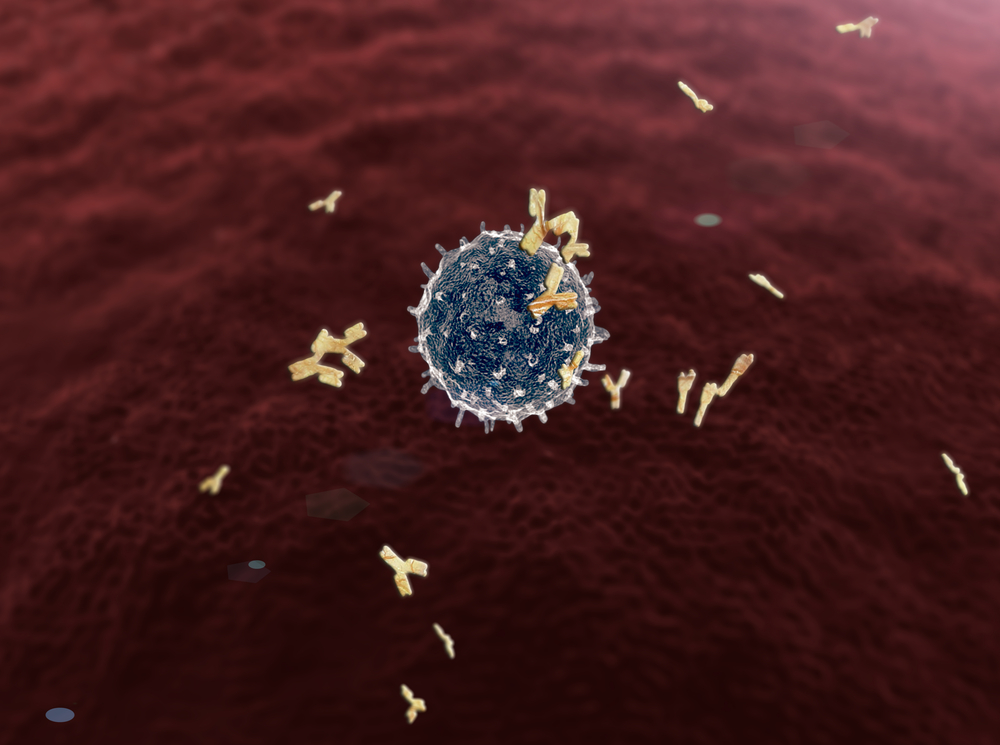Induced Pluripotent Stem Cell Models Aid in Study of Lysosomal Storage Disorders, Including Batten Disease

Stem cell models of lysosomal storage disorders (LSDs), including Batten disease (BD), could significantly add to knowledge of disease biology and help develop improved therapies, a new review highlights.
The study, titled “Induced pluripotent stem cell models of lysosomal storage disorders,” was published in the journal Disease Models & Mechanisms.
The research was led by Ellen Sidransky, MD, from the Medical Genetics Branch at the National Human Genome Research Institute, National Institutes of Health, in Bethesda, Maryland. The scientists addressed advances in the understanding of disease biology with induced pluripotent stem cell (iPSC) models and discussed the tool’s potential to lead to more efficient therapies.
LSDs are rare, inherited metabolic diseases characterized by a deficiency in an enzyme responsible for the breakdown of toxic materials in cells. These conditions present heterogeneous clinical manifestations and can lead to high mortality and morbidity, requiring costly and often lifelong treatments. Given the difficulties in generating animal models for LSDs, research efforts have focused on alternative strategies.
Current therapies for LSDs consist mainly of palliative care and physical therapy. Bone marrow transplants have also been performed with only limited success. More recently, enzyme replacement therapy (intravenous infusion of the deficient enzyme to normalize cellular function) and substrate reduction therapy (the administration of small molecules that inhibit the synthesis of the harmful storage material) provided new hope. However, these techniques currently have little to moderate impact on LSDs affecting the brain.
iPSCs, which can produce any type of cell in the body and are derived from adult cells, have provided a new tool for understanding human diseases. iPSC models have been generated in at least 11 LSDs, including BD and Gaucher disease (GD).
BD is a fatal neurodegenerative LSD, also known as neuronal ceroid lipofuscinoses, characterized by toxic accumulation of lipofuscin (made of an autofluorescent pigment and lipid components) in neurons and peripheral tissues.
Researchers described the generation of iPSCs from two patients with late-infantile BD and four with juvenile BD. These iPSCs differentiated into neuronal precursors (cells that transform into neurons), and scientists were able to correct BD-related abnormalities with healthy versions of the mutated genes TPP1 and CLN3.
These iPSCs also helped identify two drugs — fenofibrate and gemfibrozil — to ameliorate toxic lipid accumulation. This approach is the basis of ex vivo gene therapy, which develops patient-derived iPSCs to transplant the newly formed neuronal precursors back into a patient’s central nervous system. This process provides a long-term source of functional enzyme in the brain.
Cell models derived from iPSCs can be important in supporting new therapies to treat LSDs. Small-molecule chaperones, which bind to and stabilize a mutant enzyme, thereby increasing its activity, and protein homeostasis (equilibrium) regulators could be tested with iPSCs.
iPSCs also offer the possibility of studying the cellular alterations observed in other neurodegenerative diseases, such as Parkinson’s disease (PD). Besides resulting in development of GD, individuals with mutations in the GBA1 gene are at higher risk of developing PD, which contributed to a substantial increase in GD research.
Despite its numerous potential advantages, the use of iPSCs in the treatment of LSDs also presents limitations, including necessary complete characterization of the patient’s cells and a difficulty in reflecting cellular alterations observed in the aging process. This technique also is labor-intensive and expensive.
In conclusion, “the ability to generate iPSC models of different LSDs is markedly changing the approach to modeling these disorders,” the authors wrote. This technology aims to “bridge the gap between studies in cell lines and in vivo modeling,” and provides “new tools to probe disease pathogenesis and to test therapeutic strategies.”





